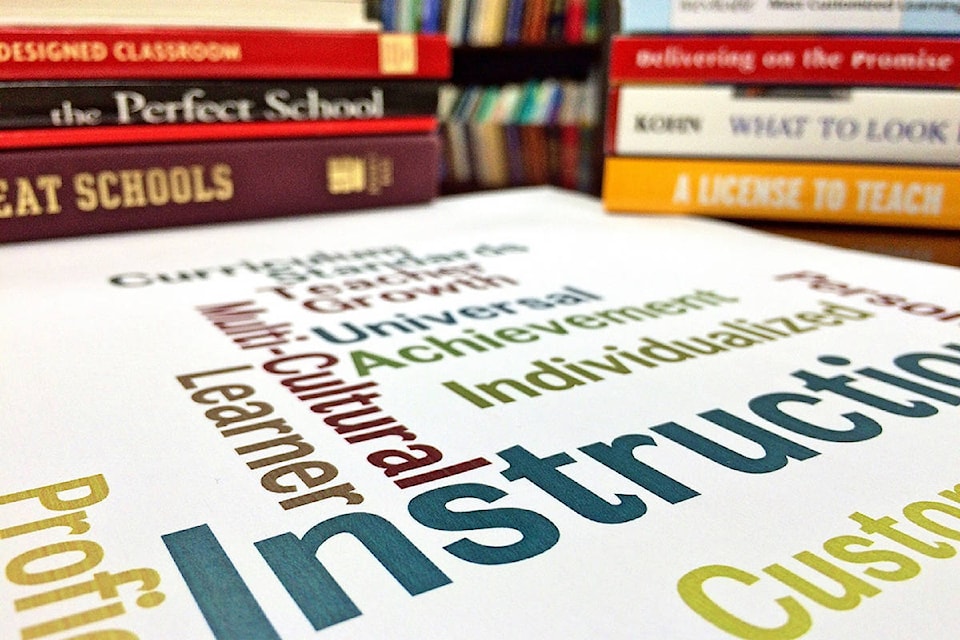With new indigenous elements integrated into the curriculum, one teacher says the district is ready for the school year.
“(Using) our Aboriginal Education program, we’ve taken the redesigned curriculum and all of the outcomes and put all of our presentations and presenters in line with the new curriculum grade by grade,” said Central Okanagan School District aboriginal resource teacher Kevin Kaiser.
The district has also adjusted its website to make it easier for teachers to find resources, said Kaiser.
The new B.C. curriculum requires more First Nations’ content and history at the elementary and middle school levels as part of its move toward more critical thinking and away from traditional models of teaching.
“We’ve always had presentations, but we’ve never broken it down to suit certain grades or the curriculum,” said Kaiser. “(This year) We’ve targeted each grade and each area of the curriculum more specifically.”
It was a team effort, which was ongoing for the last part of spring, he said. “It takes time to dig through each aspect of the redesigned curriculum and match each presentation with that.”
Around 1,400 resources have been placed in district libraries to align with the new focus.
Related: 10 things to know about the province’s redesigned cirriculum
On Monday, at a Scholar Practitioners presentation for teacher candidates, students in the education program were informed about the new curriculum, said Kaiser.
“We’re working with all brand new teachers, even teachers that have just signed up for the program,” he said. “I’ll continue with that throughout the year.”
According to professor Margaret Macintyre Latta, director of graduate programs at UBCO, the conference had a mix of new and graduated educators and has themes around thinking and learning which ties to resources in the Okanagan.
“Those presentations become a part of the conversation around issues and ideas that are important to education,” she said. “Involving (the school district) in thinking about Indigenous ways of knowing and being is an opportunity for educators to think about ‘how can I think about curriculum in my classroom that allows students access to understanding the Okanagan and the history.’”
The goal of the forum was to generate ideas and conversations which are intended to continue, said Macintyre Latta.
